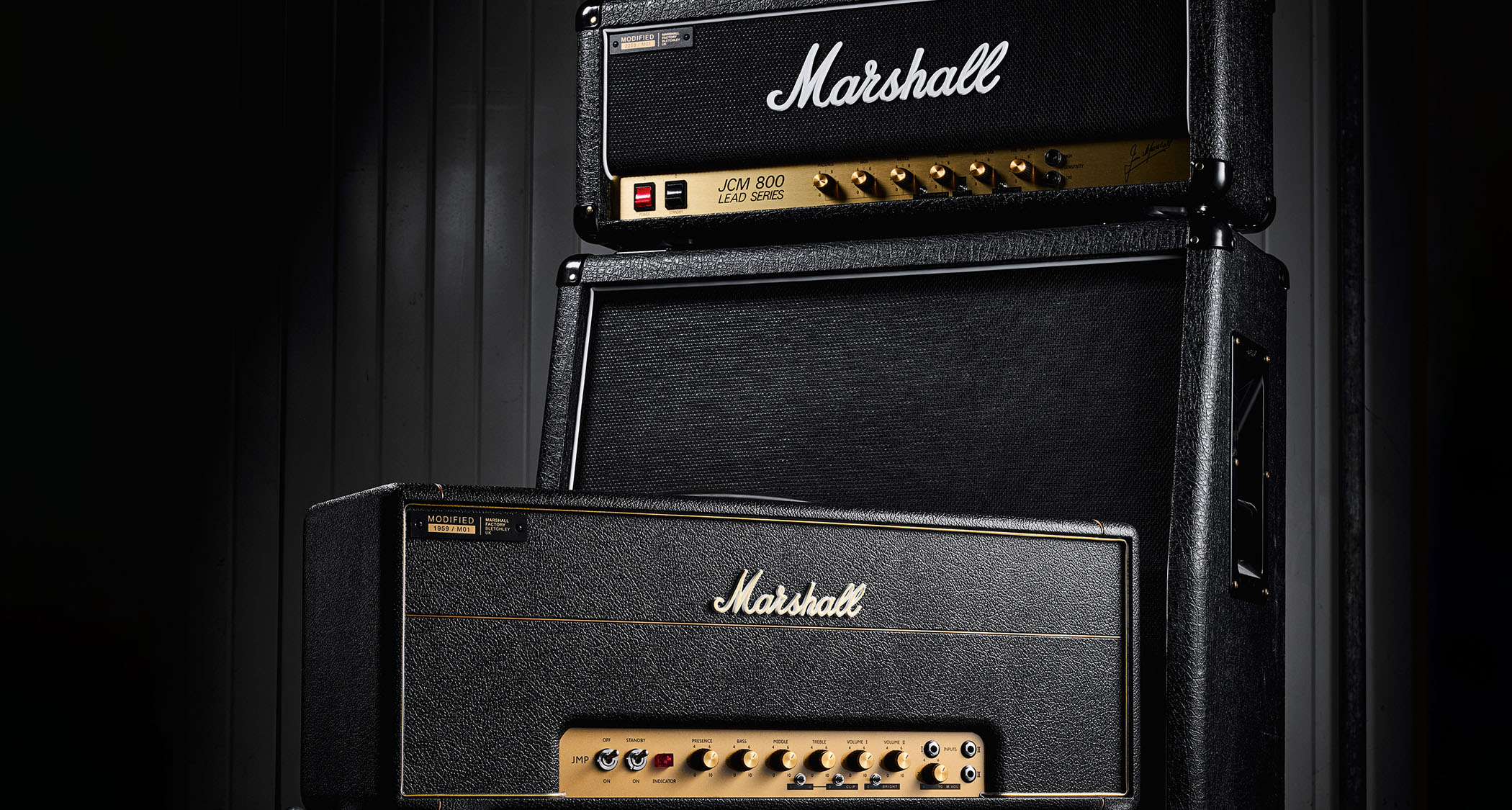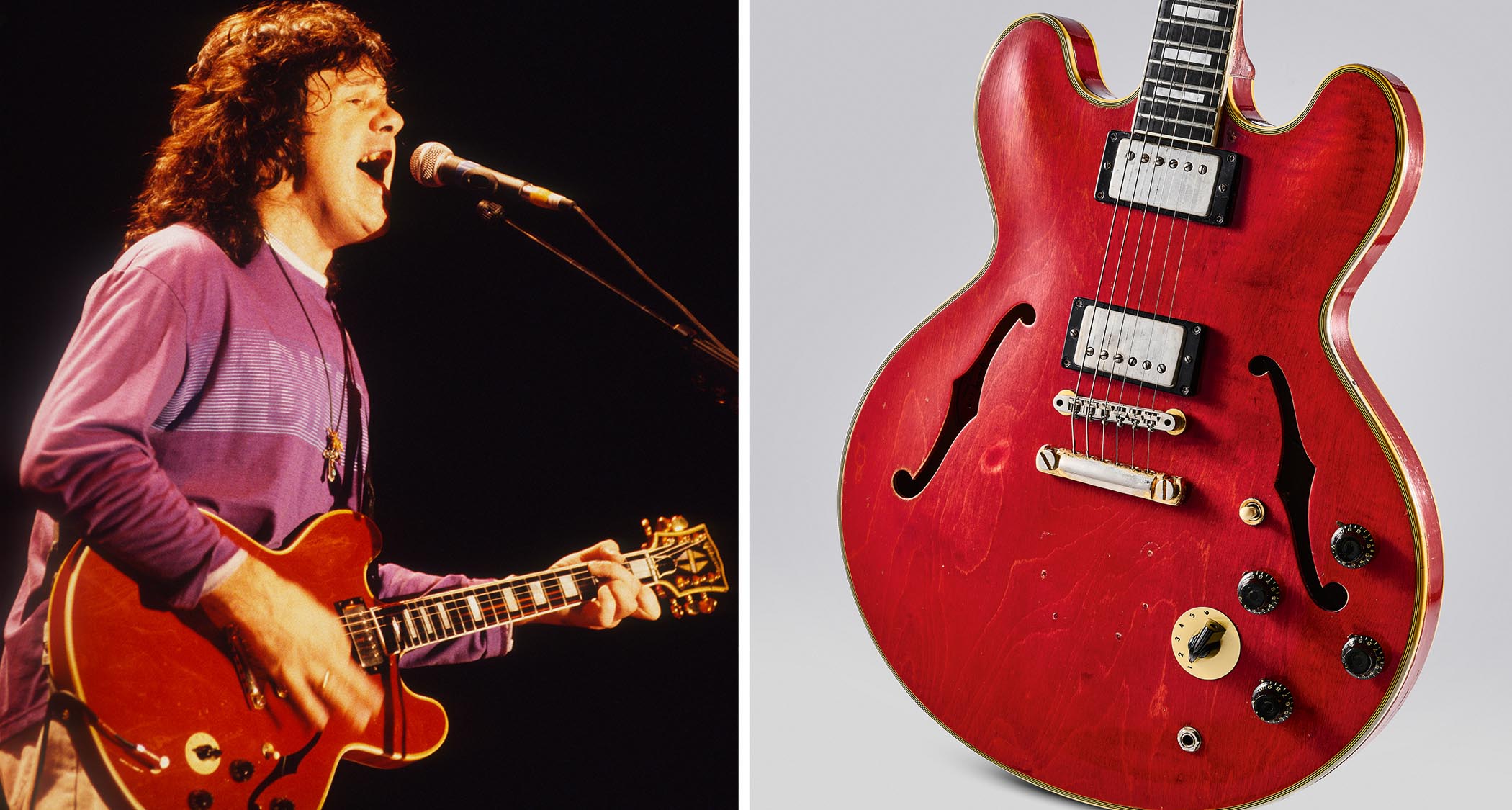Guitar World Verdict
Sometimes, only the real thing will do, and for players with the budget and occasion to use these amps in the way they’re intended, they will definitely roar like only a Marshall can.
Pros
- +
1959 has diode or transistor-boost option for two classic mod styles.
- +
And a pre tone-stack master volume gives more power to tone stack.
- +
Same great JCM800 but mods offer up natural-sounding gain and tonal options.
- +
British-built and traditionally serviceable construction.
Cons
- -
A power-scaling option would keep power-stage saturation for which the 1959 is famed.
- -
JCM800'S Mid-Shift mod switch is quite subtle
You can trust Guitar World
What is it?
Marshall Amplification, originally under the careful stewardship of Jim Marshall (aka the Father of Loud), has arguably done more to define the sound of rock guitar than any other amp brand.
We have all surely fallen at some point for the majestic tones coaxed from these amps by guitar legends since the early ’60s, with each generation’s guitar hero finding new and innovative ways to expand the Marshall sound while the designs themselves remained largely unchanged since their inception.
Towards the late ’70s a hotter, more fluid guitar sound began to emerge from the US. Tinkering technicians such as Jose Arredondo and Lee Jackson had begun developing hot-rodding techniques to achieve a variety of goals – increased gain being chief among them.
These jacked-up tones would dominate the airwaves for a good decade until the buzz and fuzz of grunge brought slacker aesthetics to the fore. However, the modded-Marshall sound never went away and still represents a hot slice of the amplifier market.
Meanwhile, Marshall imperiously ignored such fads, happier to conserve and reproduce its heritage offerings. That is, until now. With a fresh energy and player-focused attitude at Marshall HQ, our stalwart monolith heads have finally been tricked out with tried-and-tested mods appropriate to the model. Let’s find out if these brand-new Marshalls sound like the records.

Looking every inch the definition of rock legends, both amps are made as solidly as we’ve come to expect with each featuring period-correct birch ply cabinets and appropriate vinyl patterns.
Both amps, in fact, begin life as stock hand-wired 1959 and JCM800 models respectively, before receiving their individual modifications. This also makes for ease of serviceability, something of a high priority for a brand who supplies the backline for a large proportion of the touring music industry.
All the latest guitar news, interviews, lessons, reviews, deals and more, direct to your inbox!
In the case of the hand-wired 1959 ‘Plexi’ amplifier, the modifications allow for a two-way clipping circuit, Bright cap and a master volume – eminently sensible additions considered de rigueur for any Marshall on steroids.
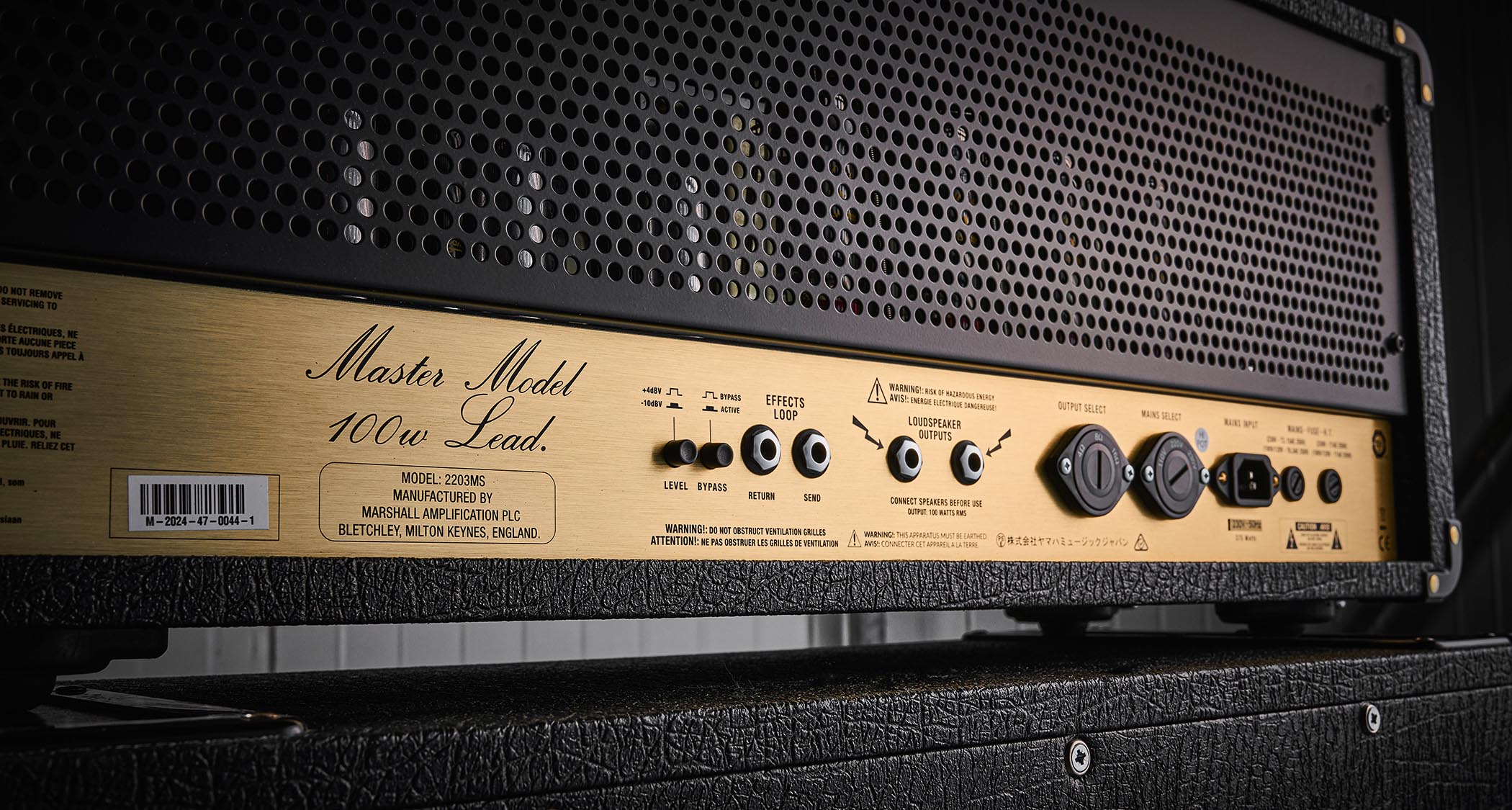
The amp relies on power section saturation for a large part of its signature sound and is therefore not an ideal candidate for an effects loop, hence its omission. For the JCM800 we now have two clipping options (OD I and II), a midrange boost and a Tight switch. We also have an effects loop on the rear alongside level and bypass switches.
Oh, and if you wish to personalise these amps further aesthetically, the design team at Marshall will happily produce an amp for you with your personal selection from a vast library of finishes and materials, all the way through to reproducing your own artwork on the cabinets and grills.
Specs
Marshall 1959 Modified
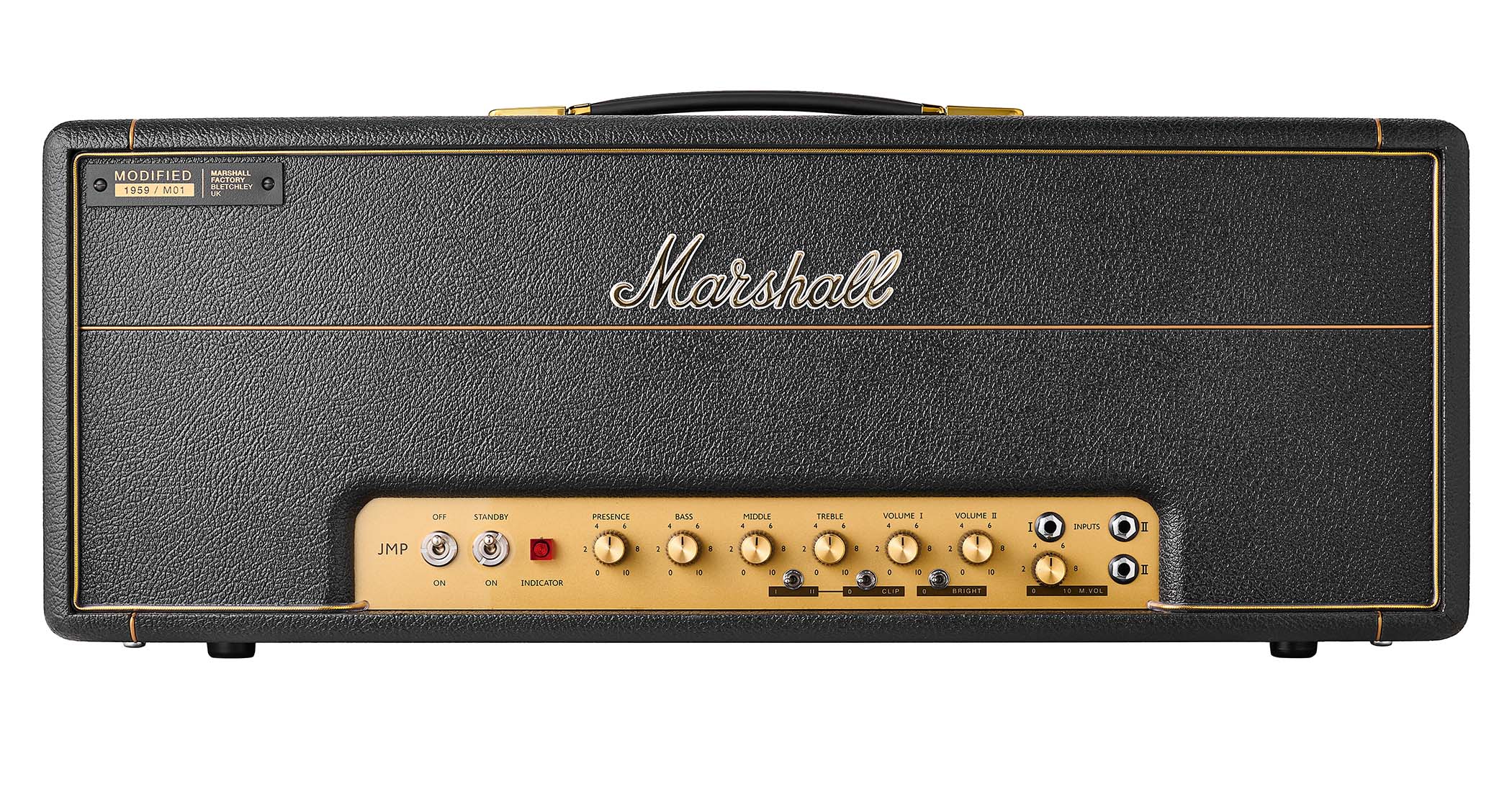
- PRICE: $3,699/£2,999
- ORIGIN: UK
- TYPE: 100W tube amp head with modifications
- TUBES: 2x ECC83, 1x ECC83 (Phase Splitter) and 4x EL34
- OUTPUT: 100W
- SPEAKER OUTPUTS: 2x standard jack w/ selectable 16/8/4 ohms load
- DIMENSIONS: 741 (w) x 294 (d) x 210mm (h)
- WEIGHT (kg/lb): 21/46.3
- CABINET: Baltic birch ply
- CHANNELS: 2 with shared EQ controls
- CONTROLS: Presence, Bass, Middle, Treble, Volume 1, Volume 2, Master Volume. Clip Level, Clip Toggle and Bright switches
- OPTIONS: Custom finishes available
- CONTACT: Marshall Amplification
Marshall JCM800 Modified
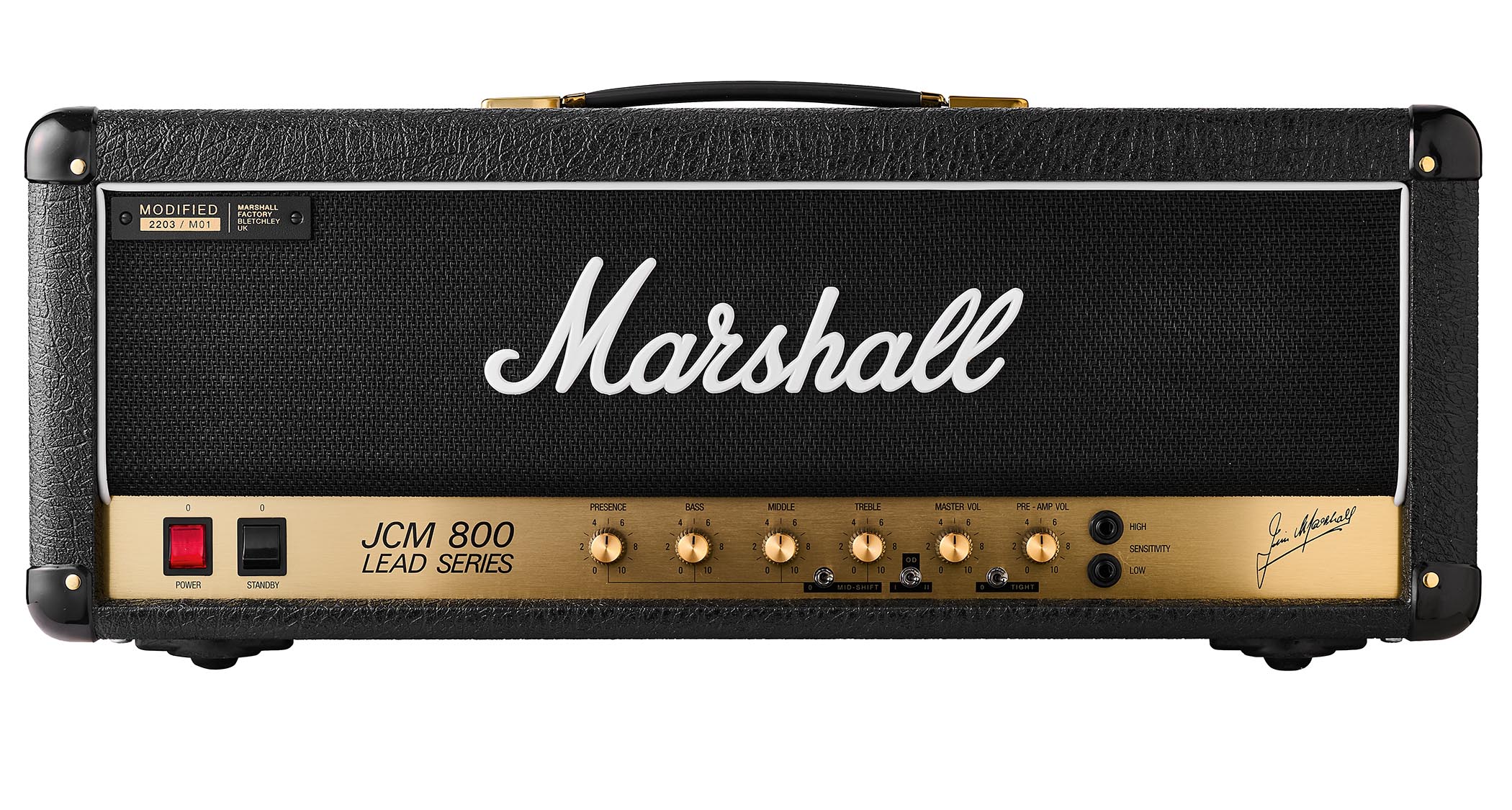
- PRICE: $3,299/£2,699
- ORIGIN: UK
- TYPE: 100W tube amp head with modifications
- TUBES: 2x ECC83, 1x ECC83 (Phase Splitter) and 4x EL34
- OUTPUT: 100W
- SPEAKER OUTPUTS: 2x standard jack w/ selectable 16/8/4 ohms load
- DIMENSIONS: 741 (w) x 294 (d) x 210mm (h)
- WEIGHT (kg/lb): 21/46.3
- CABINET: Baltic birch ply
- CHANNELS: Single with dual inputs
- CONTROLS: Presence, Bass, Middle, Treble, Master Volume, Pre-Amp Vol. Mid-Shift, OD and Tight switches
- OPTIONS: Custom finishes available
- CONTACT: Marshall Amplification
Usability and sounds

The JCM lives up to its reputation as the defining rock amp of the ’80s. Its muscular and present character is given all-new gain and tone-shaping options here via the midrange boost switch. Moving through the range of the preamp level control, it’s great to be reminded just how versatile this circuit can be.
A semi-acoustic brings out a rounded jazz tone from the low input that is both present and warm. However, with all the restraint of a child ripping open their Christmas presents, a super-S has to be plunged into the high input – and the glory shines out.
The already transcendent saturation we’re greeted with by 7 on the preamp level is enough for fluid modern soloing and metal rhythms. Flicking the overdrive circuit into action with OD 1, we bring up the sustain up by an appreciable amount. OD 2 continues on with a further boost of the same type.

Quite transparent in effect – more like an extension to the preamp gain level, rather than the sound of extra circuitry – the gain mods in this amp do, in fact, utilise its own inherent topology, instead of extra diodes or transistors.
Should you wish to goose up the mid frequencies a notch, the midrange boost offers a well-judged push that’s not a million miles from a Tube Screamer’s frequency range: Strats rejoice! If things get muddy using seven-string guitars and drop tunings, the bottom-end can be defined by employing that Tight switch: a high-pass filter that relieves the valves [tubes] of their heavier chores, allowing them to produce faster transients and harmonics.
Now, for the hand-wired 1959 – confusingly released in 1964 – the kerrang and crunch of the 80s is still a thing of the future. Instead, the more open and less maximised sound here with plenty of vibrant top-end invites more of a classic approach.
The ‘Plexi’ has always had the power to roar when the volume is raised, but now we have a choice of two spicy gain-boosting options to get us into that zone at lower master levels.
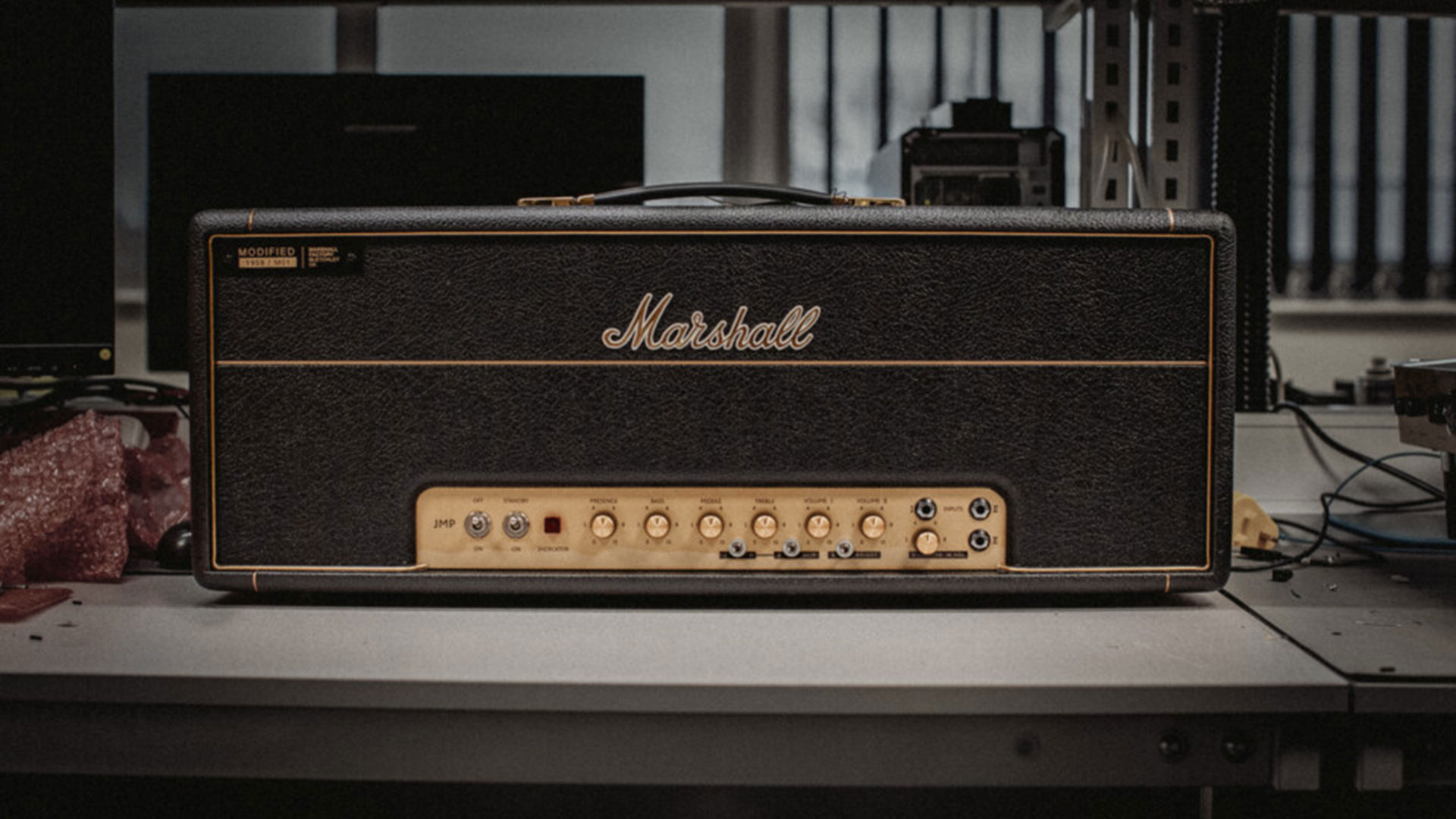
In clip position 1, the diode-based circuitry provides crunch with a recognisable sharp edge, while position 2’s transistor-based clipping smooths out the midrange, which not only sounds incredible but also feels effortless to play. It’s a great place to start for early Van Halen tones, for instance. The pre tone-stack master volume appears to give a little extra range to the EQ controls, too, allowing for extra tonal tweakability.
In both cases, once the traditional master and gain levels start to reach full peak, the effect of the mod-switching becomes less apparent due to power section distortion.
But by that point the party is likely in full swing. Using a correctly rated power attenuator can be yet another way to access the final dizzying echelons of gain from these amps.
Verdict
Verdict: ★★★★½
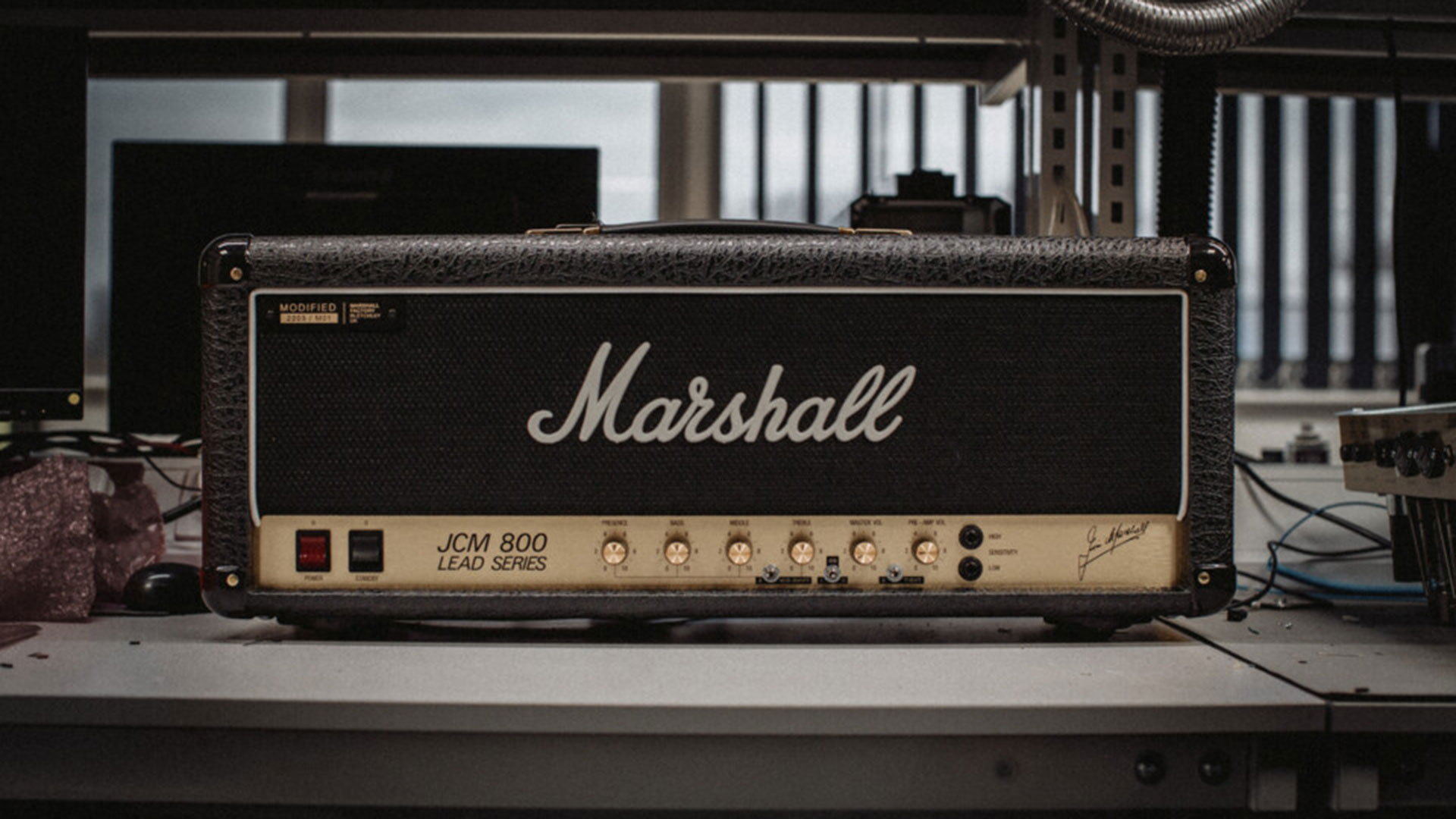
With these modifications Marshall brings the sound of the gods down to the volume-restricted reality of us mere mortals.
Marshall has delivered steroidal boosts that manage to magnify the individual characters of the amps without losing any of their sonic signature
Between the instant gratification of the JCM800 and gain-injected classicisms of the 1959, Marshall has delivered steroidal boosts that manage to magnify the individual characters of the amps without losing any of their sonic signature.
With each amp costing around £500 more than its unmodified counterpart, their prices put them in line with boutique amps such as the Friedman Plex.
However, their unmistakable midrange crunch has Marshall written through it like a stick of, well, rock!
Guitar World verdict: Sometimes, only the real thing will do, and for players with the budget and occasion to use these amps in the way they’re intended, they will definitely roar like only a Marshall can.
Hands-on videos
Marshall
Guitar World

Rabea Massaad
- “Delivers uber-satisfying edge of breakup tube saturation that won’t annoy your neighbors”: Marshall DSL1CR review
- This article first appeared in Guitarist. Subscribe and save.
In addition to reviewing gear for esteemed publications Guitarist and Guitar World, Martin produces bands and artistes including Jarvis Cocker, Richard Hawley and Mercury-prize winning Ben Ottewell (Gomez). As a professional guitarist for 40 years, Martin has toured with luminaries including Groove Armada and Skid Row.
Recreating sonic history continues to be a chronic fixation and Martin regularly broadcasts his exhaustively researched tone-chasing content to a YouTube community of Edward Van Halen devotees.
You must confirm your public display name before commenting
Please logout and then login again, you will then be prompted to enter your display name.
